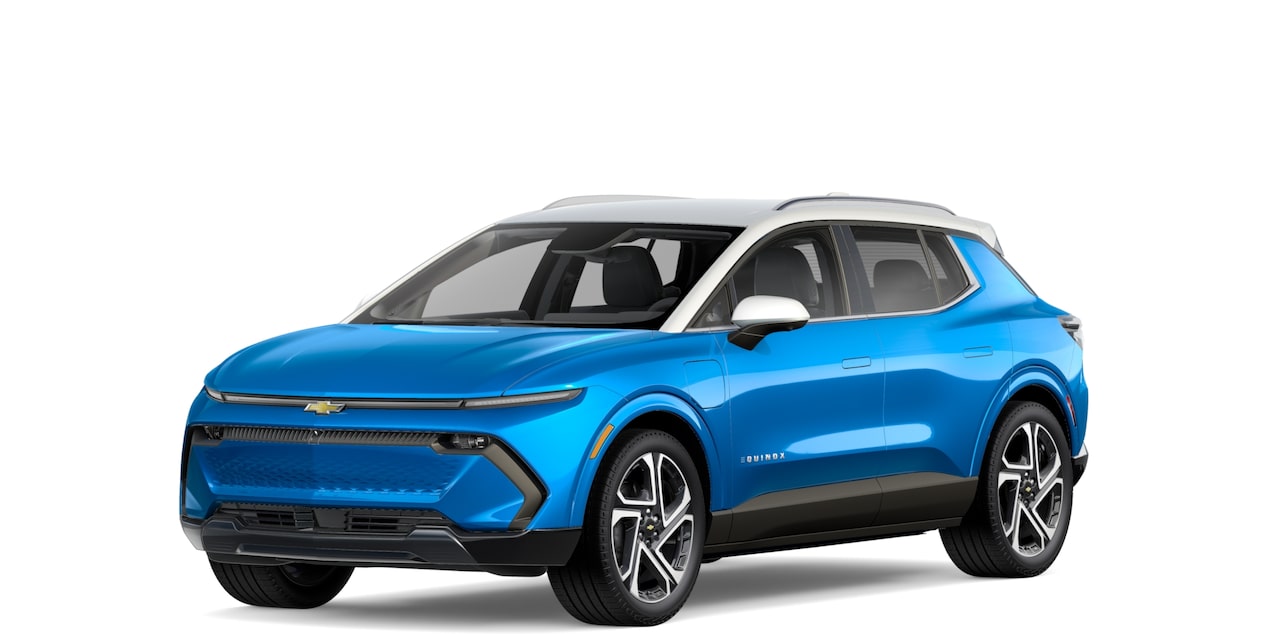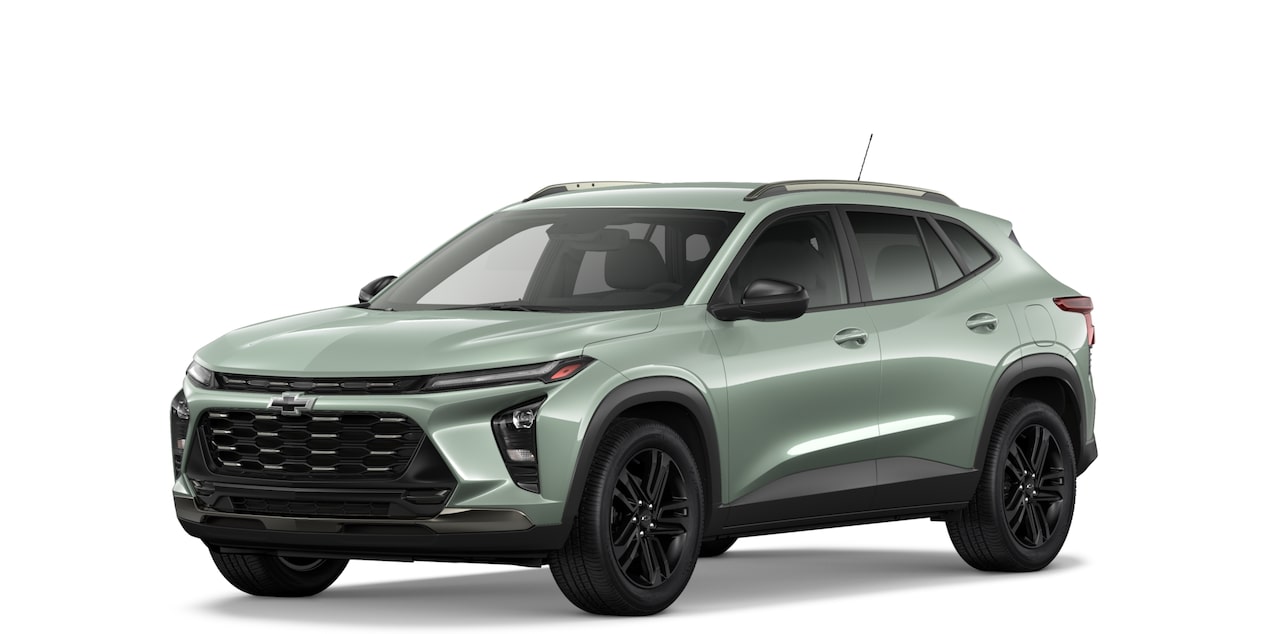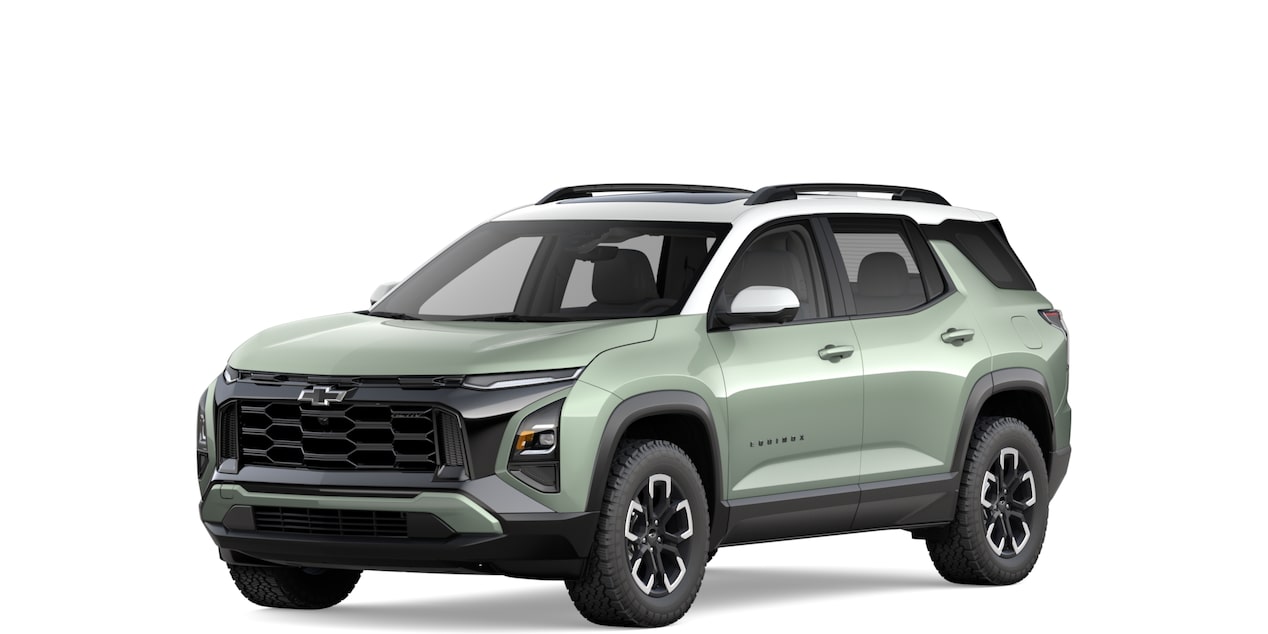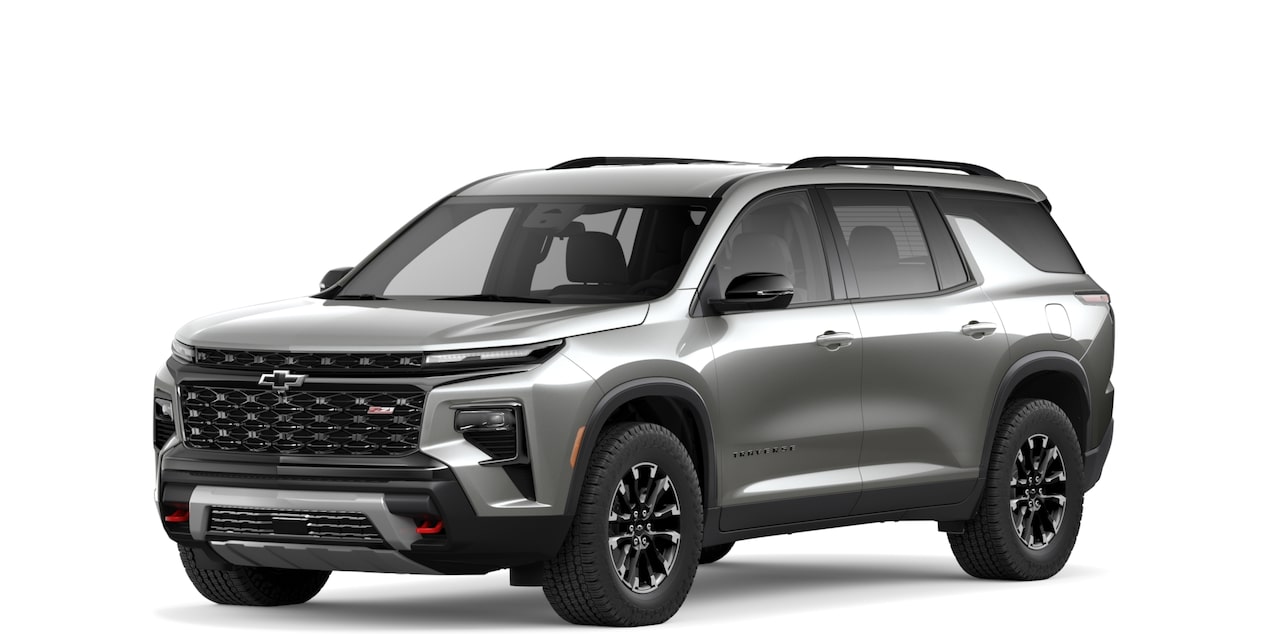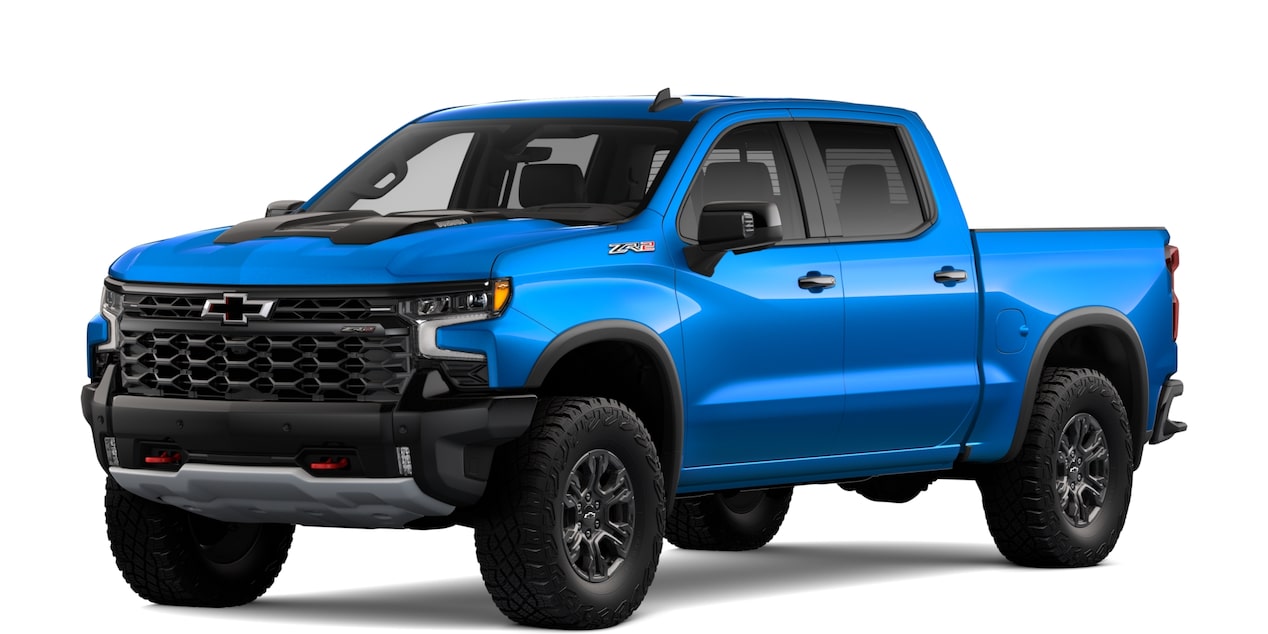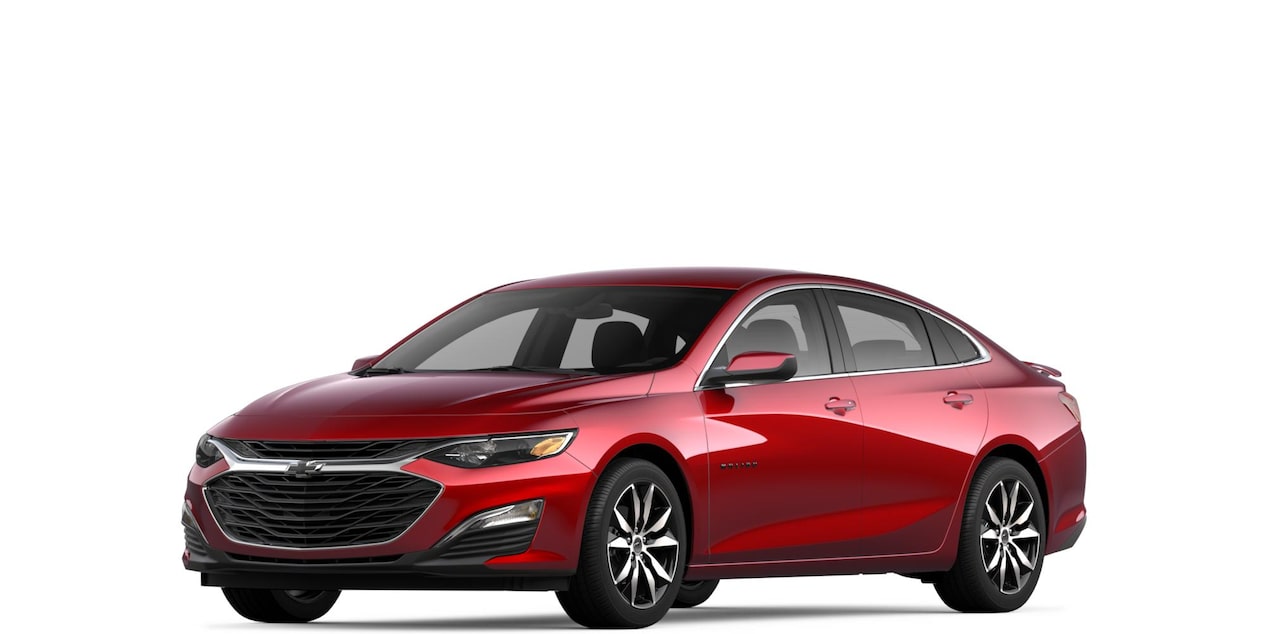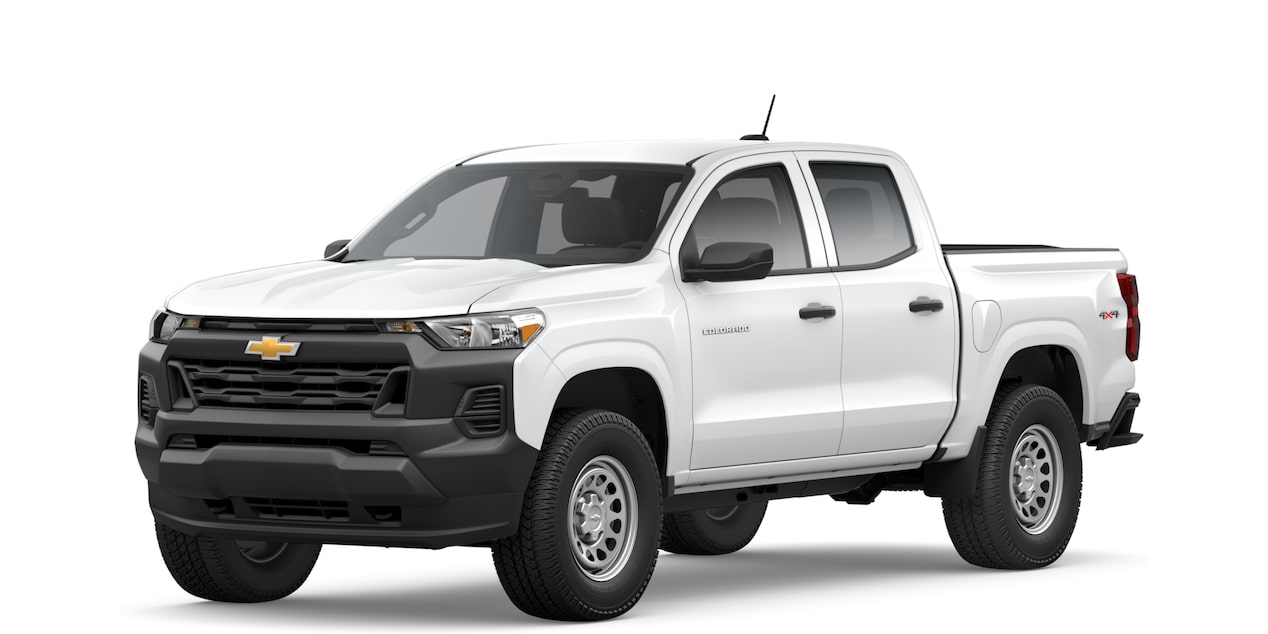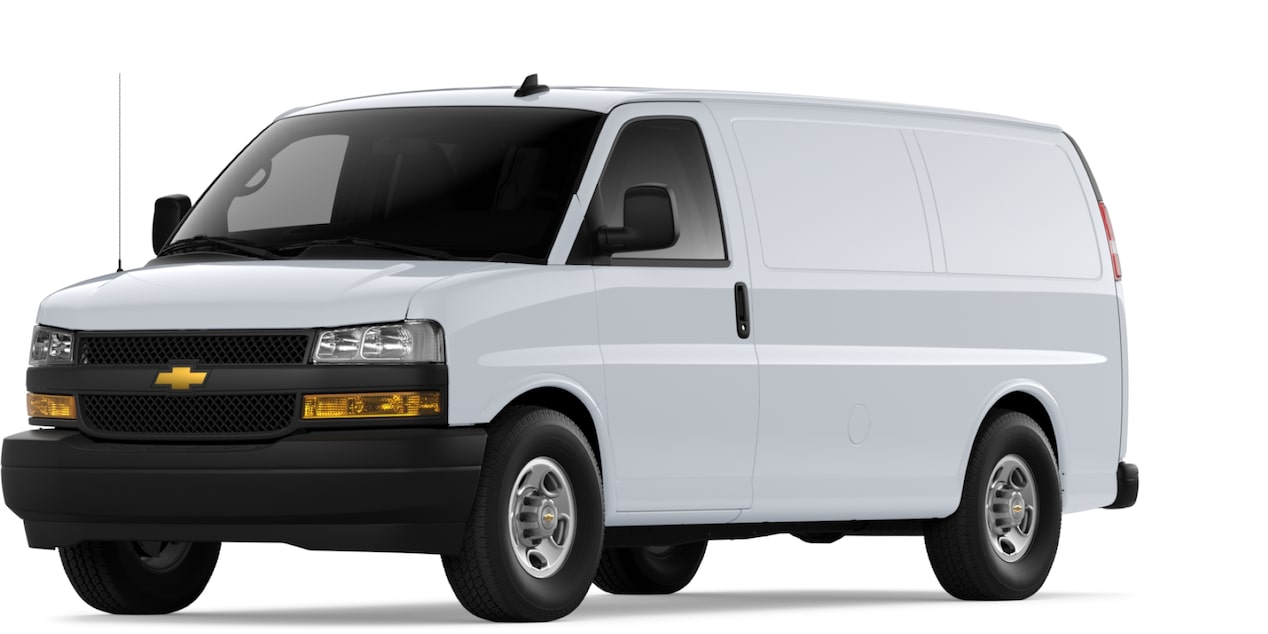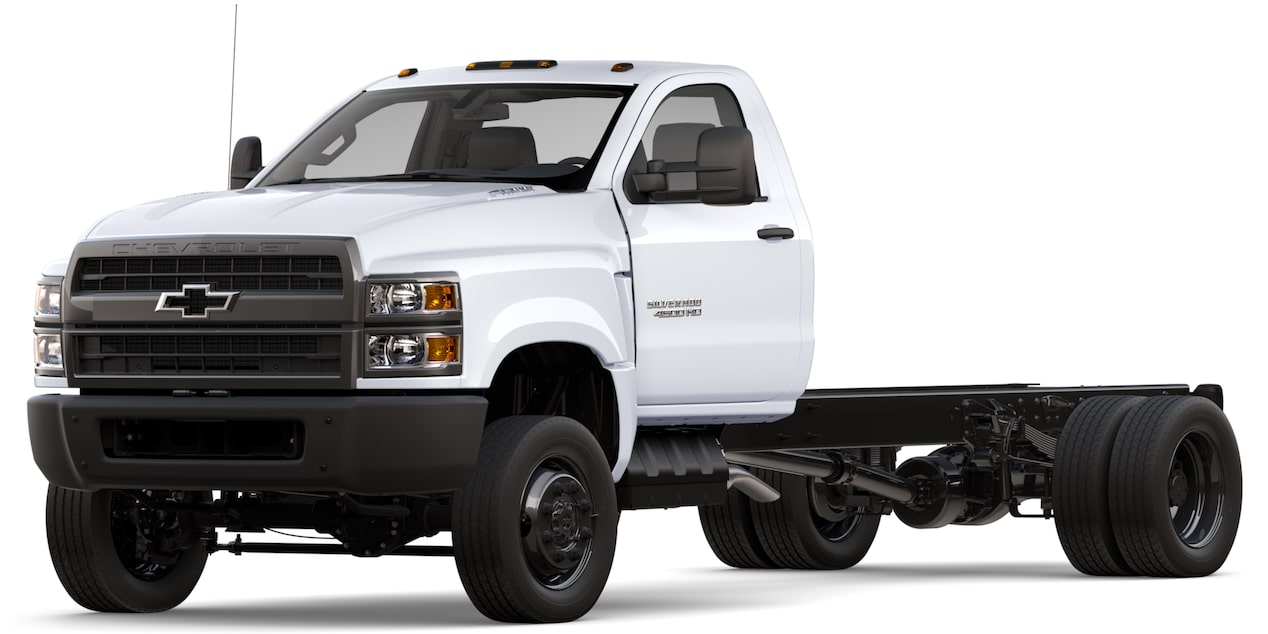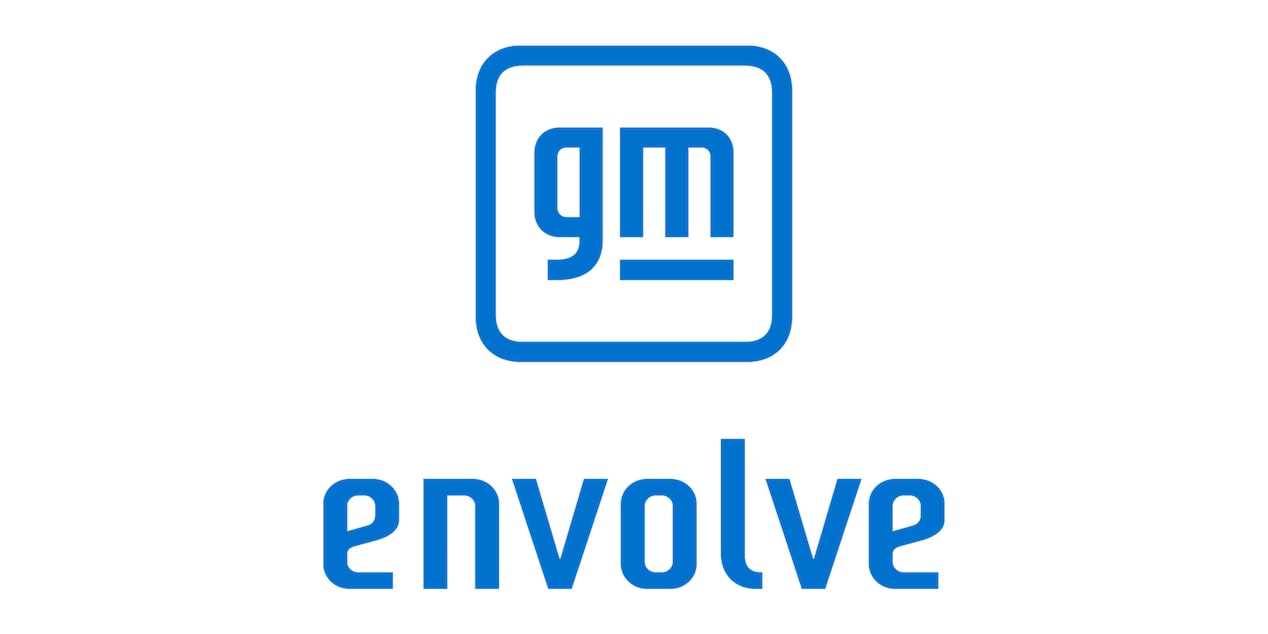Early Development

1955
GM and Chevrolet released the original small-block V-8, the 265 CID, which came fitted to the Corvette with consolidated accessories to give it the compact size needed.

1957
Chevrolet further iterated the small block to create the 283 Super Turbo-Fire V-8, with even more displacement than the 265 to achieve one-horsepower-per-cubic-inch status.

1962
Feeding into the desire to develop even faster, more powerful engines, Chevrolet debuted the 327 V-8 as a more powerful option for the 1962 Corvette.

1967
Chevrolet’s response to the Ford Mustang — the Camaro — packed the new 302, giving the Camaro all the muscle it needed to own the track.

1967
The Camaro also gifted us the first 350 V-8, the legendary small-block that would go on to replace the 327 in the Corvette in 1969.

1970
Chevrolet injected even more power into the 350 engine and introduced the LT1, a hot new engine that pushed 370 hp for the Corvette ZR-1 and Camaro Z28.

1970
The largest small-block yet, the 400 6.6L, brought massive torque to A and B body passenger cars, full-size pickups and hot-rods.
Gen II-III

1985
As engines began evolving toward modern EFI systems, Chevrolet upgraded the L98 350 with an all-new tuned port fuel injection system to breathe life into Camaros, Firebirds and Corvettes.

1992
The Gen-II LT1 presented Chevrolet’s latest design and engineering feats — a reverse flow cooling system allowing for higher compression and increased power for the Corvette.

1994
Chevrolet introduced a speed density fuel-management system with batch-fire fuel injection, and multiple other upgrades into the Gen-II LTI.

1997
The Gen-III Small-Block V-8, the LSI, introduced coil-near-plug ignition, increasing airflow and power from redesigned heads, delivering massive power for Corvettes and Camaros.

2001
Based on the LS1, the LS6 roared under the hoods of the Corvette Z06 and Cadillac CTS-V before shaping the LS platform for multiple cars, trucks and SUVs under the Vortec badge.
Gen IV-V

2005
The largest factory-installed small-block Chevrolet V-8 ever, the Gen-IV LS7, boasts the most net horsepower (505 hp) of any naturally aspirated small-block in GM's history.

2005
The most powerful factory-installed small-block Chevrolet ever, the LS9, took the C6 Corvette ZR1 to a new level with 638 hp and 604lb.-ft. of torque.

2009
The powerful LS9 detuned to become the LSA, a powerful option for the Camaro ZL1 and Cadillac CTS-V — propelling the hefty 4,353 lb. CTS wagon to astonishing speeds.

2014
Chevrolet refueled the classic LT1 with major redesigns and modern upgrades like direct injection, oil-spray piston-cooling, variable valve timing, and active fuel management to achieve 460 hp and 465 lb-ft. of torque while complying with new emissions and CAFÉ standards.

2019
Holding the title as the most powerful Chevrolet small-block engine, the Gen-V LT5 employs a 2.65L Eaton supercharger to give the C7 Corvette 755 hp.
Ongoing Development
2023
GM announced a new Gen-VI V-8 engine in development that could power full-size trucks and SUVs — showing the world that small-blocks still earn their place at the table.

